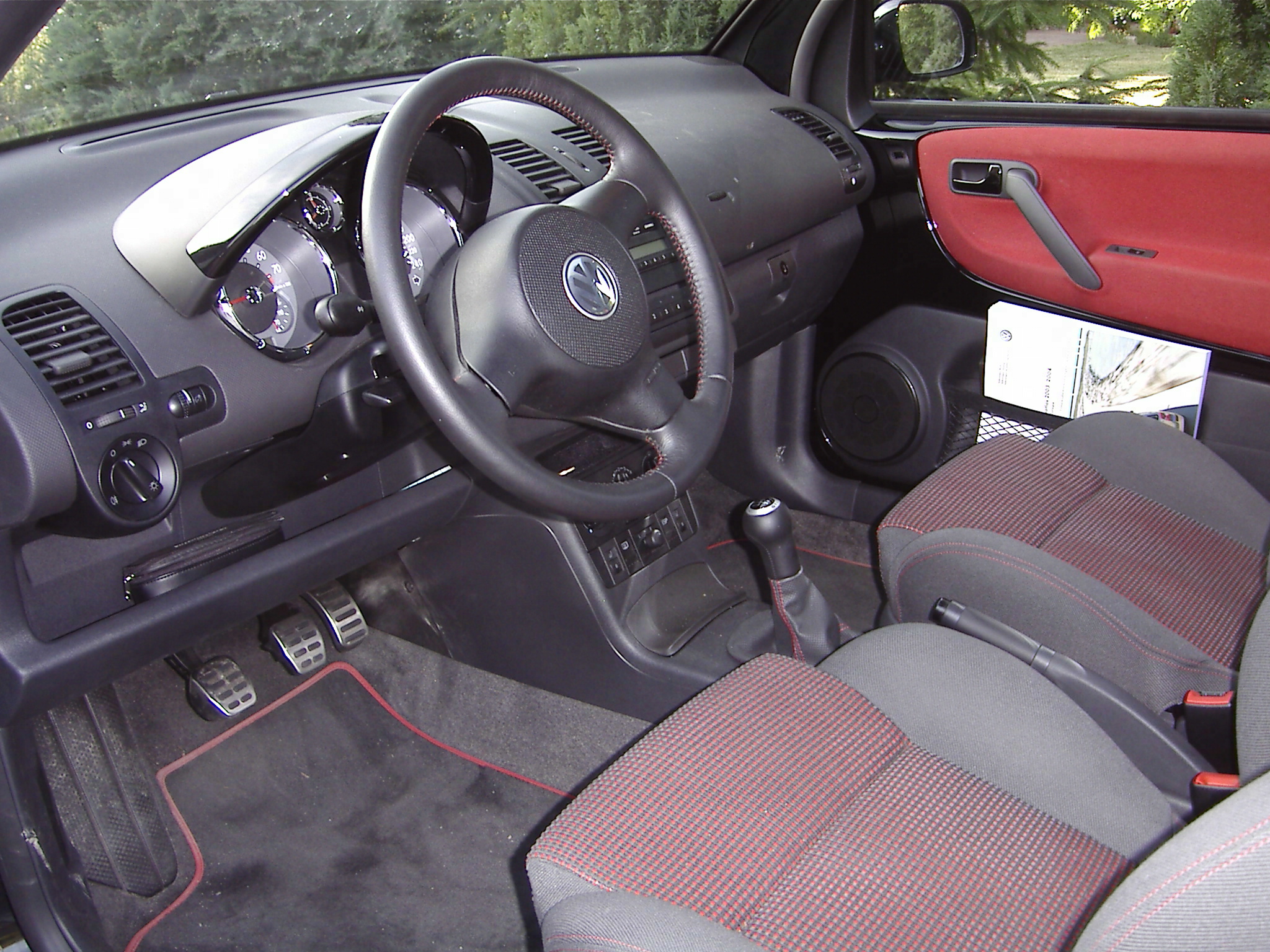Review: VW Lupo ( 1999 – 2004 )

VW Lupo, the car that was once a favorite of food delivery companies. VW Lupo, an excellent car for those who want a city car and no more jive. A car that was “cool” in its day. But is it worth it in 2022 buying one?
If you don’t have a lot of money and want something you can commute in for cheap, yes. If you’re a beginner or newbie and don’t want to cry too much when you backed up without looking and hit a pole, yes.
Launched in 1999, the VW Lupo somehow took the place of the VW Polo, because they were preparing to launch the Polo 9n which was already bigger and didn’t have much of the agility of the old Polo 6n. Plus in 1998 the first Smart was launched, a car that started the trend of city cars. So the VW Lupo came to take on the Smart more like a student who after 5 shots gets up the courage to take on the cheerful, friendly and anemic security guys. Unlike the Smart, you also had seats in the back and an attempt of a boot. What’s more, you didn’t feel like you were going to roll over at the first sneeze on the road, and the parts were from the VW family so it was much easier and cheaper to fix.
The only real issue with the VW Lupo is Seat’s own Arosa, which is the same car, with a different badge,but costs 50 euros less. The VW Lupo, like the first generation Mondeo, is a car priced in pennies. 50 euros counts for the Lupo buyer. So why buy a VW Lupo when you can get an identical Seat Arosa? The only reason you wouldn’t get the Arosa is that you couldn’t find a decent one and so you had to pay 50 euros extra for a Lupo.

VW Lupo Engines
Petrol
- 1.0 MPI of 50 horsepower – Theoretically it has 49 horsepower, but I put 50 just to make you feel good. You won’t feel good instead when you find out that most 1.0 models don’t have power steering. And you’ll have plenty of time to reflect on that because it’s not going anywhere fast anyway.
- 1.4 MPI of 60, 75, and 100 horsepower – The 60 engine is 8-valve and marginally more reliable. It moves decently for the shoebox named VW Lupo, but you seem to want the experience in the 75-horsepower 16 valves edition. This engine is in common with the VW Golf IV and Skoda Fabia I, so you can find parts effectively everywhere. If you get out of the house, you’re likely to stumble on a 1.4 MPI starter motor. As for issues, watch out for the timing belt which needs to be changed regularly every 4 years or 60,000 km. The same applies to the 100-horsepower “Sport” version, but good luck finding one.
- 1.4 FSI of 105 horsepower – This engine caught the last train because it was launched immediately on the VW Polo 9n. The only downside to this engine is that it’s not 100% LPG compatible, but you don’t have room for an LPG tank in the VW Lupo anyway so it’s not relevant to the topic.
- 1.6 16v of 125 horsepower – Many people consider the VW Lupo GTI to be the spiritual successor to the Golf I GTI. A lightweight, very fast, cheap-to-buy and maintain car that you can live with day in, day out. Yes, sure, you have the Golf IV GTI but that’s already the automotive equivalent of Diego Maradona at the end of his career.
Diesel
- 1.2 TDI of 61 horsepower -Exclusive to the Lupo 3L version, praised for its official fuel consumption of 3 liters per 100 km. It would mean something and be impressive if the 1.4 TDI engine didn’t require 4 liters per 100 km. Plus the engine is rarer than the 1.4 TDI and only comes with an automatic gearbox. As I’ve written before in older articles, the VW automatic transmissions of the 2000s period are a slightly unfortunate episode.
- 1.4 TDI of 75 horsepower – The standard diesel engine, made famous on the Fabia and Polo for reliability and low fuel consumption. The main issue is noise, being a 3-cylinder diesel that doesn’t stay in balance and will sound like gravel falling off the wheelbarrow.
- 1.7 SDI of 60 horsepower – Noisy, slow, and far too heavy for the VW Lupo so you’ll be running on ice. At least it’s reliable. Legend has it that it runs on cooking oil, spirits, lint, and hope.

VW Lupo General Issues
- The 1.4 petrol engines, both MPI and FSI need the timing kit changed every 4 years or 60,000 km.
- Automatic gearboxes, as I said with the 1.2 TDI, are not VW’s happiest technological achievement, so are best avoided. Not that manual gearboxes are any more reliable, but at least they’re cheaper.
- The doors can come off hinges which are made out of chewing gum mixed with spirit.
- Power windows sometimes get stuck. If you’re claustrophobic, the VW Lupo is not for you.

VW Lupo Verdict
An excellent car for those who want to get around town strictly, cheaply and who also want a boot where they can put two shopping bags. Although, the question still remains: if a Seat Arosa is cheaper, even though it’s exactly the same car, is a Lupo worth it?
Which engine do I recommend? Since the VW Polo is a city car, I can’t recommend anything other than the 1.4 MPI, 75 horsepower, and up. Perfect would be a 1.4 FSI, but that’s rarer than a government employee’s appetite for work.
Similar Articles

Review : Skoda CitiGO ( 2011 - 2020 )

Review : Seat Mii ( 2011 - 2020 )

Review : VW Up! ( 2011 - 2023 )
Write an answer
- Review : Skoda CitiGO ( 2011 - 2020 ) 02 August 2025
- Review : Seat Mii ( 2011 - 2020 ) 02 August 2025
- Review : VW Up! ( 2011 - 2023 ) 16 July 2025
- November 2025
- October 2025
- August 2025
- July 2025
- April 2025
- March 2025
- February 2025
- January 2025
- December 2024
- November 2024
- October 2024
- August 2024
- July 2024
- June 2024
- May 2024
- April 2024
- March 2024
- February 2024
- January 2024
- December 2023
- November 2023
- October 2023
- September 2023
- August 2023
- July 2023
- June 2023
- May 2023
- April 2023
- March 2023
- February 2023
- January 2023
- December 2022
- November 2022
- October 2022
- September 2022
- August 2022
- July 2022
- June 2022
- May 2022
- March 2022
- April 2021
- January 2021
- December 2020
- November 2020
- October 2020
- September 2020
- August 2020
- July 2020
- March 2020